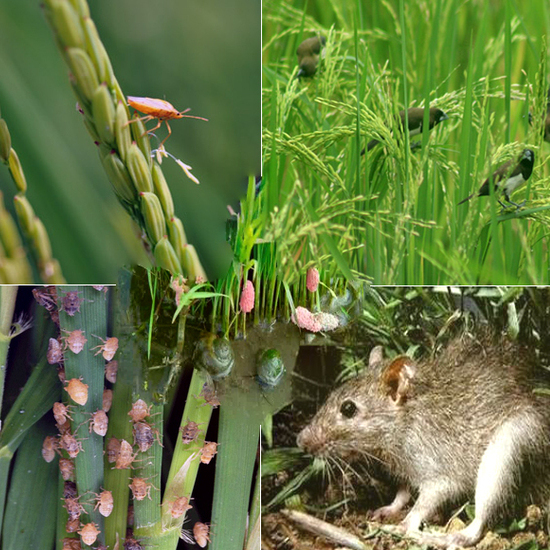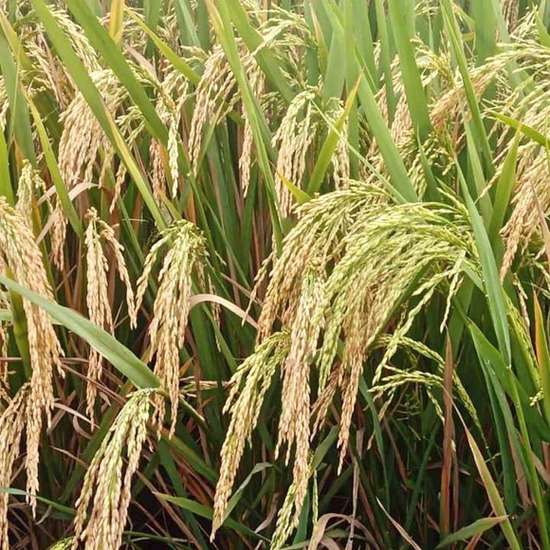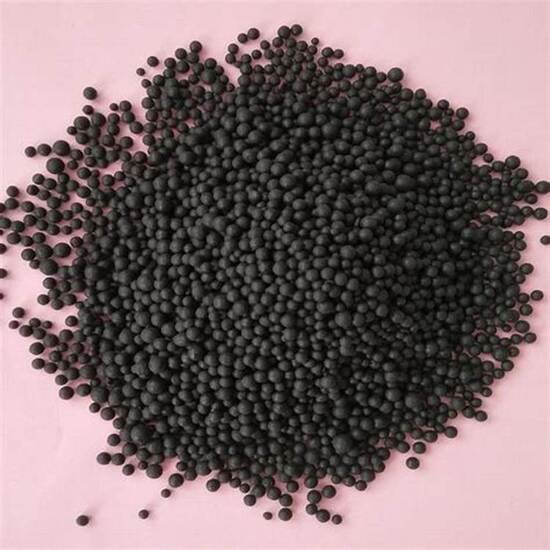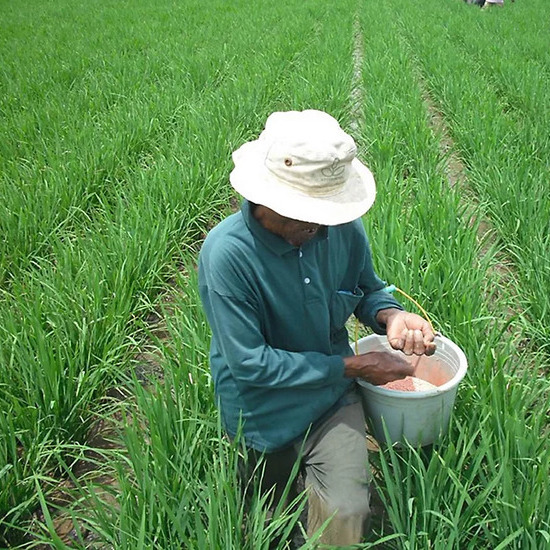Understanding Types of Rice Plant Pests and Diseases: Symptoms, Impacts, and Effective Control Strategies

Rice plants are one of the main food crops in Indonesia and other countries in the world. The daily lives of many people depend on the rice harvest. However, a major challenge for farmers is the attack of pests and diseases that can threaten crop productivity. This article will comprehensively discuss the various types of pests and diseases that often attack rice plants. We will outline the symptoms of each of these attacks and their significant impacts on growth and yield, providing readers with a deeper understanding of the importance of pest and disease management in rice farming.
In every planting season, farmers are faced with the risk of pest attacks such as planthoppers, stem borers, and diseases such as blast, leaf blight, and stem rot. Symptoms of these attacks vary from leaf discoloration, rotting of plant parts, to drastic decreases in yields if not handled immediately and properly. An effective control strategy is key to minimizing losses from these attacks, including the use of appropriate pesticides, good plant environment management, and the application of environmentally friendly cultivation techniques.
PT Matari Agro Indonesia’s commitment is to provide a comprehensive approach to addressing these challenges. Through consulting and training services, we not only provide concrete solutions to control rice pests and diseases, but also support farmers in implementing sustainable and innovative agricultural practices. By leveraging scientific knowledge and practical experience, we hope to contribute significantly to increasing rice farming productivity in Indonesia.
Types of Rice Plant Pests
Pests are organisms that can cause direct or indirect damage to rice plants. Some of the main pests that often attack rice plants include planthoppers, stem borers, and grain borers. Rice planthoppers are very detrimental pests because they suck plant fluids, thereby reducing photosynthetic production and inhibiting overall plant growth. Stem borers and grain borers, as the name suggests, attack rice stems and grains, causing serious physical damage and reducing the quality of the harvest.
Types of Rice Plant Diseases
In addition to pests, rice plants are also susceptible to various diseases caused by fungi, bacteria, and viruses. Examples of common diseases include blast, leaf blight, tungro disease, and stem rot. Blast, caused by the fungus Pyricularia oryzae, attacks rice leaves and panicles, causing brown spots that have the potential to significantly reduce yields. Leaf blight, caused by the bacterium Xanthomonas oryzae, also causes spots on leaves that eventually dry out and fall off, disrupting the plant’s photosynthesis process.
Symptoms and Impacts
Symptoms of rice plant pests and diseases vary depending on the type of attack and environmental conditions. Generally, infected plants will show symptoms such as yellowing leaves, rotting of plant parts, decreased yields, and even plant death in severe cases. The economic impact of these pests and diseases can be very large, threatening the sustainability of rice production at the farmer and national levels.
Control Strategy
Rice plant pest and disease control can be carried out using various methods, ranging from the use of chemical pesticides to biological and cultural control. It is important to choose the right strategy according to local conditions, the level of attack, and other environmental factors. Prevention also plays a crucial role in reducing the risk of attacks, including selecting rice varieties that are resistant to certain pests and diseases, crop rotation, land sanitation, and the use of appropriate cultivation techniques.
Prevention
Prevention efforts are very important to reduce the risk of rice plant pest and disease attacks. In addition to good cultivation practices, regular observation of plant conditions and the surrounding environment is also necessary to detect early symptoms of attack. Farmer education on sustainable and environmentally friendly agricultural practices is also an integral part of this prevention effort.
With a good understanding of the types of rice pests and diseases, as well as effective control strategies, farmers can reduce losses and increase rice productivity sustainably. PT Matari Agro Indonesia is ready to provide consulting and training support to farmers in implementing these best practices, thereby creating a healthy and productive agricultural environment in Indonesia.
Matari Agro Indonesia is one of the most affordable and farmer-friendly agricultural consulting companies in Indonesia. We provide top-class agricultural consulting services across the country with the help of a diverse team of scientists, operational experts, and technology. If you are looking for a better return on your agricultural investment, contact the Matari Agro Indonesia team today!



